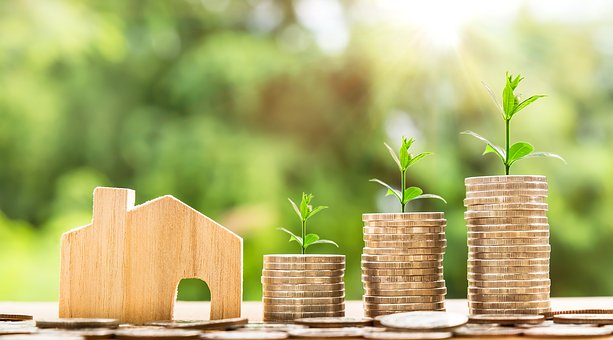What is Debt Recycling?

Debt recycling is a strategy used by investors to reduce debt and increase wealth by reallocating debt repayments into new investment opportunities. It involves using the repayments from existing debt (e.g. mortgage or investment loans) to pay for new investments, rather than using the funds to pay off debt. The goal of debt recycling is to create a virtuous cycle of debt reduction and investment growth.
Here's how it works: An investor takes out a loan to purchase an investment property or shares. As the loan is repaid, the investor uses the repayments to purchase additional investments, rather than paying off the loan. By doing this, the investor's overall debt level remains the same, but their investment portfolio grows. Over time, the increased investment income and capital gains can be used to pay off the original loan, resulting in a lower debt-to-asset ratio.
Read also:
Five benefits of using a mortgage broker
Principal and Interest Vs Interest Only
Boost Your Chances of Getting a Home Loan
Debt recycling can be a useful strategy for those who want to increase their wealth while also reducing their debt levels. However, it's important to understand the risks and limitations associated with this strategy. For example, debt recycling requires a strong understanding of investment markets and a willingness to take on debt. Additionally, it's important to consider the impact of interest rates, which can increase the cost of borrowing and reduce the potential returns from investment.
In conclusion, debt recycling is a strategy that can help investors increase their wealth and reduce debt, but it's important to understand the risks and limitations associated with this approach. Before attempting to implement a debt recycling strategy, it's recommended to seek advice from a financial professional.
Speak to a mortgage broker today about refinancing to set yourself up to pay off your home faster and avoid paying unnecessary interest.




